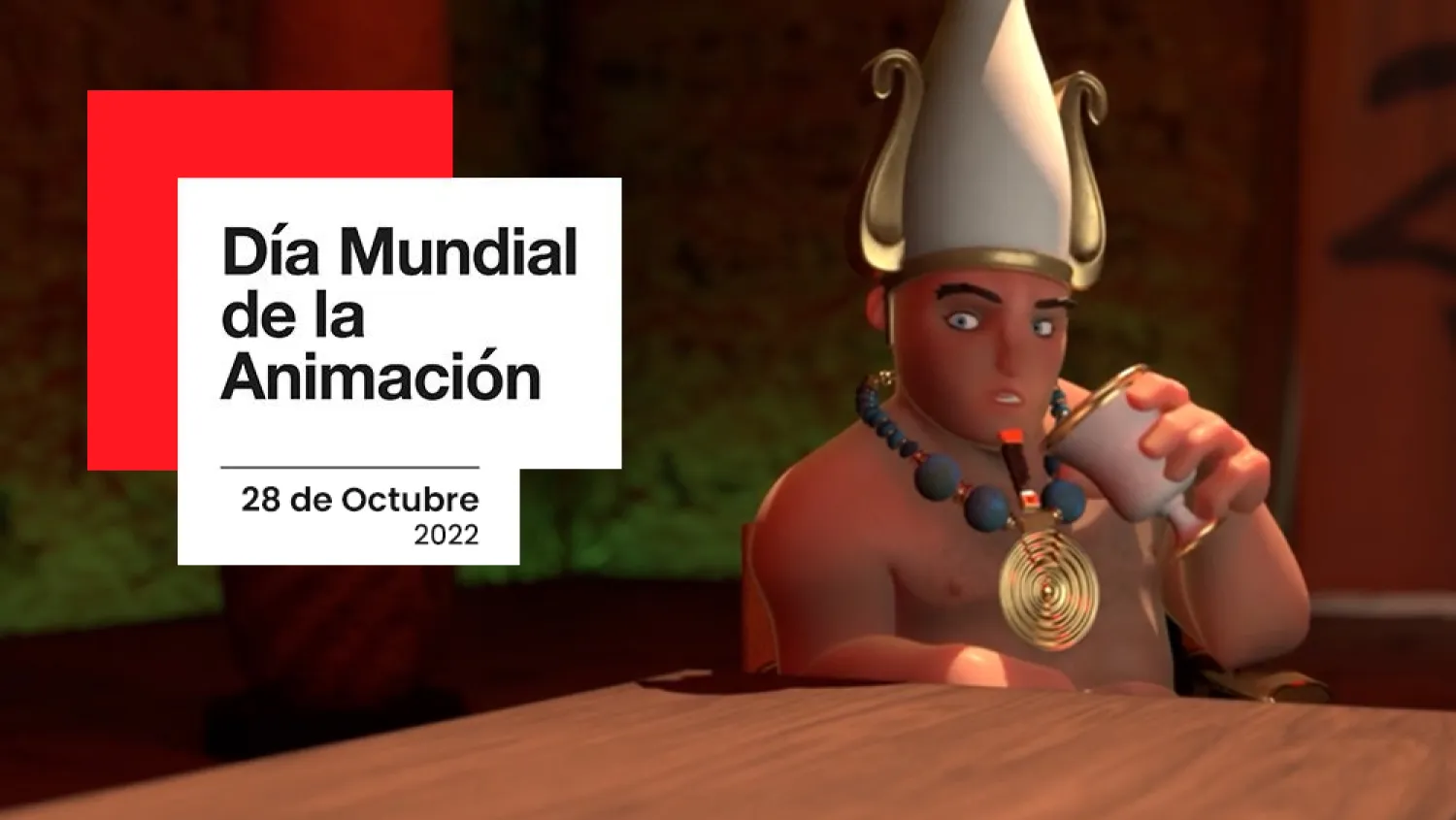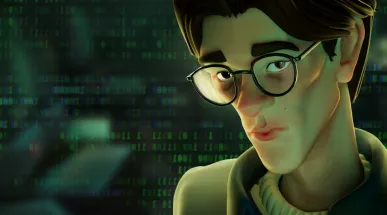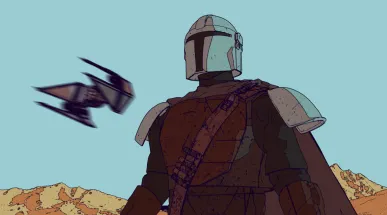World Animation Day is celebrated around the globe on October 28. Many of you may be wondering, Why?
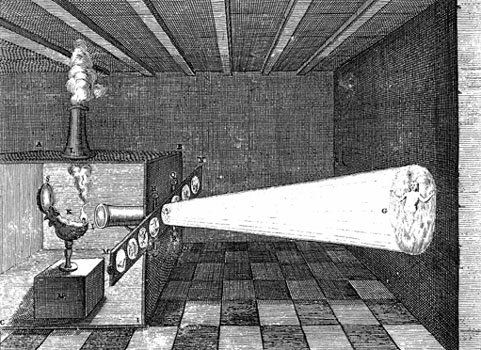
Projection animation has been known since 1640, when the German Athanasius Kircher invented The Magic Lantern, the first image projector. With it he managed to project his book entitled "Ars Magna Lucis et Umbrae" as it allowed to project motion captures consecutively on crystals that were changed mechanically. During the 18th and 19th century this method of projection was perfected and its use spread thanks to the good reception it received from the public.
There were no further technological advances in the world of animation until 1824 when the Englishman Peter Mark Roget provided a scientific explanation for what we know today as cinema. The principle of persistence of vision is based on the theory that the human eye retains a viewed image for a time, thus in front of a rapid succession of images our eye retains them generating the effect of movement in vision. This is what is observed in the taumatropo, invented by Roget that has become a classic toy that shows the basic principle of animation.
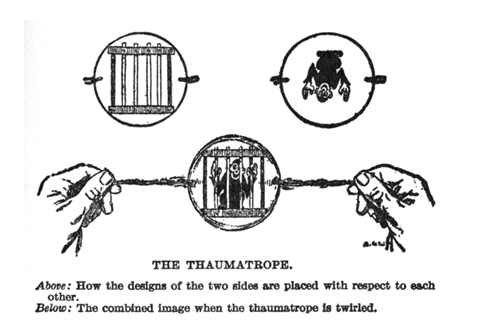
It is well known that animation is the forerunner of cinema, with inventions such as the zootrope created in 1834 by William George Horner. It is a contraption composed of a circular drum that has some cuts inside which are included consecutive drawings. The operation is that the device rotates at the necessary speed so that when the viewer looks through the cuts of the drum the illusion of movement of the illustrations captured by the human eye is provided. It is also considered an innovation because it allowed several people to view it at the same time. It became a very popular toy at the time and was a clear inspiration for what we know today as cinema since it is based on the same basic principle: successive moving images.
At the end of the 19th century, in 1877, Émile Reynaud invented and patented the praxinoscope, a progress of the zootrope. This did not have slots in the drum but included an inner wheel with mirrors placed at different angles that reflected illustrations placed around the drum. Reynaud managed to create a sharper and more stable animation, i.e., closer to the animation that would be developed until today. On the other hand, the mirror system allowed many more people to watch the film as the audience looked over the top of the contraption.

But it wasn't until a year later, in 1888, when the same Émile Reynaud, considered to this day the father of animated film, perfected his invention with what he christened the Théâtre Optique (Optical Theater). This contraption made it possible to project animated "films" on a large screen for a large audience. In addition, Reynaud thought of a crucial added value for the conception we have today of cinema: he accompanied the images with music composed by himself and sound effects that endowed the projections with credibility and realism never seen before.
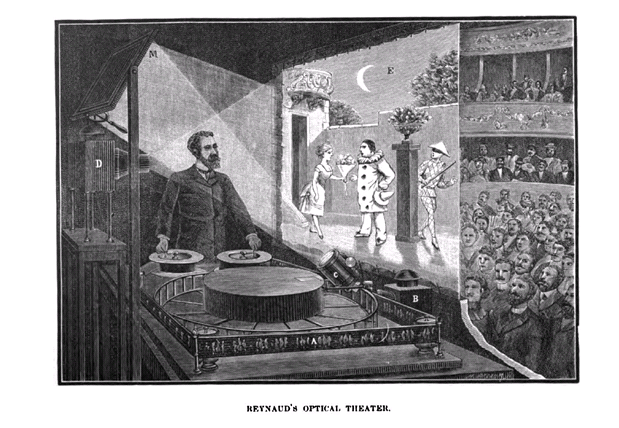
But why is October 28 celebrated as World Animation Day?
This day commemorates the first public screening in the history of Reynaud's Optical Theater at the Musée Grévin in Paris in 1892. On that historic date, which revolutionized the audiovisual world, at the Musée Grévin in Paris, the "Luminous Pantomimes", a program that included three films: Pauvre pierrot, Clown et ses chiens and Un bon bock.
Who was Charles-Émile Reynaud (1844 and 1918)?
He was a French inventor who became the pioneer of animated film as we think of it today since he perfected the zoetrope by inventing the praxinoscope in 1877. In addition, the following year he patented an improvement of his own invention which is considered the precursor of animated cinema conceived in the same logic as today but, evidently, of a simpler and more rudimentary essence.
On the other hand, he was also the first person to perforate film, so he devised the mechanical drag system that was used for so many years in the film industry, until the invention of digital cinema. In addition, he was the first to endow his films with an argumentative discourse, as he went far beyond the cyclical movement of drawn figures, which was the only thing that existed before the invention of the Optical Theater. In this way, he managed to tell stories with his cartoons featuring poetic humorous scenes and naïve aesthetics.
Below is the video titled "Pauvre Pierrot" that was part of the program for the first-ever animated film screening on October 28, 1892.

